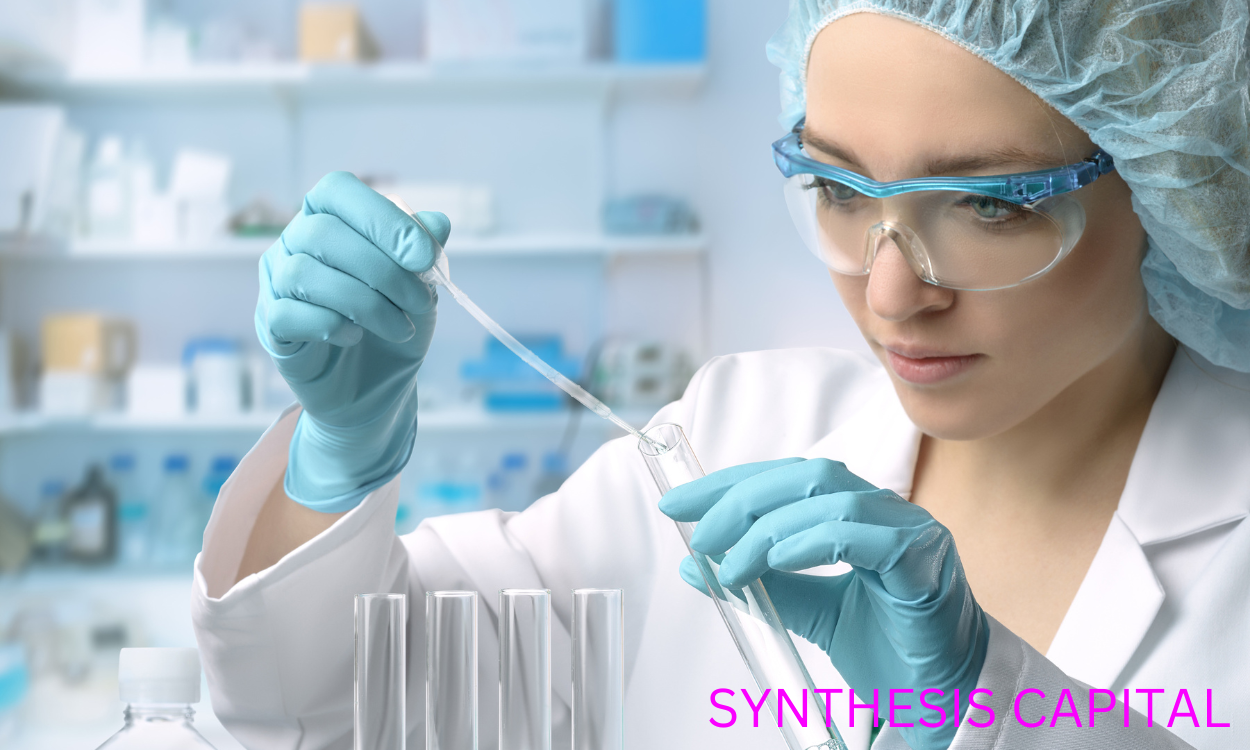The extraction of recombinant protein pharmaceutical products is a crucial step in the manufacturing process that involves isolating and purifying the desired protein from a host cell. Recombinant proteins are engineered to have specific therapeutic properties, making them valuable for treating various diseases and conditions. Extraction methods must be carefully designed to ensure high purity and yield of the protein product, while also minimizing contaminants and maintaining the protein's biological activity. This complex process requires expertise in molecular biology, biochemistry, and bioprocessing, as well as state-of-the-art equipment and facilities to achieve successful production of recombinant protein pharmaceuticals.
Techniques used during the extraction process of a recombinant protein pharmaceutical product
During the extraction process of a recombinant protein pharmaceutical product, several specific techniques are utilized to isolate and purify the protein of interest. These techniques typically involve cell lysis to release the protein from the host cells, followed by centrifugation to separate the cellular debris from the desired protein. The next step usually involves chromatography, where the protein is separated based on its specific properties such as size, charge, or affinity to certain molecules. Additional purification steps may include filtration, precipitation, or dialysis to further refine the protein product. Overall, a combination of these techniques is crucial to ensure the final recombinant protein pharmaceutical product is highly pure and free from contaminants.

Ensuring Purity and Yield of Extracted Protein in Production Process
The purity and yield of the extracted protein in the production process are ensured through a series of steps including cell lysis, centrifugation, filtration, and chromatography. Cell lysis breaks open the cells to release the proteins, which are then separated from other cellular components through centrifugation and filtration. Chromatography techniques such as affinity, ion exchange, or size exclusion chromatography are then employed to further purify the protein by separating it from any remaining impurities. Monitoring techniques such as SDS-PAGE and spectrophotometry are used to assess the purity and yield of the protein throughout the process, ensuring that only the desired protein is obtained at high levels of purity for use in various applications.
Are there any potential risks or challenges associated with the extraction of recombinant protein pharmaceutical products?
Yes, there are potential risks and challenges associated with the extraction of recombinant protein pharmaceutical products. One major risk is the possibility of contamination during the extraction process, which could compromise the purity and safety of the final product. Additionally, the extraction process itself can be complex and technically challenging, requiring specialized equipment and expertise to ensure the extraction of a recombinant protein pharmaceutical product proper isolation and purification of the protein. There is also a risk of low yield or poor quality of the extracted protein, which can impact the effectiveness and consistency of the pharmaceutical product. Overall, careful attention to detail and adherence to strict quality control measures are essential to mitigate these risks and ensure the successful extraction of recombinant protein pharmaceutical products.
Quality Control Measures for Verifying the Integrity of Extracted Protein
Quality control measures implemented to verify the integrity of the extracted protein include conducting gel electrophoresis to assess the purity and molecular weight of the protein, performing Western blot analysis to confirm the presence of the target protein, utilizing mass spectrometry to identify and quantify the protein, carrying out enzyme activity assays to determine the functional activity of the protein, and conducting immunoprecipitation to validate protein-protein interactions. Additionally, quality control measures may also involve using antibodies specific to the target protein for validation, ensuring proper storage and handling of the protein samples to prevent degradation, and running replicate experiments to confirm reproducibility of results.
Exploring the Variations in Extraction Processes for Various Recombinant Proteins
The extraction process for different types of recombinant proteins varies based on their characteristics such as size, solubility, and location within the cell. For intracellular proteins, cell disruption methods like sonication or homogenization are typically used to release the protein from the cell. Soluble proteins can be extracted using techniques like affinity chromatography extraction of a recombinant protein pharmaceutical product or precipitation, while insoluble proteins may require denaturation and refolding steps to improve solubility. Membrane-bound proteins often require the use of detergents to disrupt the lipid bilayer and release the protein. Overall, the extraction process for recombinant proteins is tailored to the specific properties of the protein in order to achieve maximum yield and purity.

Are there any alternative extraction methods being explored to improve efficiency or reduce costs?
Yes, researchers and companies are continuously exploring alternative extraction methods to improve efficiency and reduce costs. Some of these methods include supercritical fluid extraction, microwave-assisted extraction, and ultrasound-assisted extraction. These methods can offer advantages such as shorter extraction times, higher yields, and reduced solvent usage, ultimately leading to cost savings and improved productivity in various industries ranging from pharmaceuticals to food processing. Additionally, advancements in technology have also led to the development of new extraction techniques that aim to enhance the overall quality and purity of extracted compounds. Overall, the exploration of alternative extraction methods continues to be a key focus for many in the scientific community seeking to optimize processes and achieve more sustainable practices.
Exploring the Role of Chromatography and Filtration Techniques in the Extraction of Recombinant Protein Pharmaceutical Products
Chromatography and filtration techniques play a crucial role in the extraction of recombinant protein pharmaceutical products by allowing for the separation and purification of the desired protein from a complex mixture. Chromatography techniques, such as affinity chromatography, size exclusion chromatography, and ion exchange chromatography, enable the isolation of the target protein based on specific interactions with the stationary phase. Filtration methods, including ultrafiltration and diafiltration, are used to remove impurities and concentrate the protein solution. Together, these techniques ensure the production of high-quality recombinant protein pharmaceutical products that meet regulatory standards for safety and efficacy.
How is the extracted protein formulated and prepared for packaging and distribution?
After the protein is extracted, it undergoes a series of processing steps to formulate it for packaging and distribution. This typically involves purification to remove any impurities and concentrate the protein, followed by filtration to ensure its quality and safety. The protein may also be further processed through techniques such as drying or blending with other ingredients to enhance its stability and functionality. Once formulated, the protein is packaged in appropriate containers or packaging materials to protect it during storage and transportation. Finally, the packaged protein is labeled, stored at the correct temperature, and distributed to various retailers or customers for consumption.
The Importance of Extracting Recombinant Protein Pharmaceutical Products
1. Follow strict guidelines and protocols to ensure the purity and quality of the recombinant protein product.

2. Use advanced extraction techniques such as affinity chromatography or precipitation to isolate the protein from the host cells.
3. Monitor the extraction process carefully to prevent denaturation or degradation of the protein.
4. Purify the extracted protein through multiple filtration and purification steps to remove impurities.